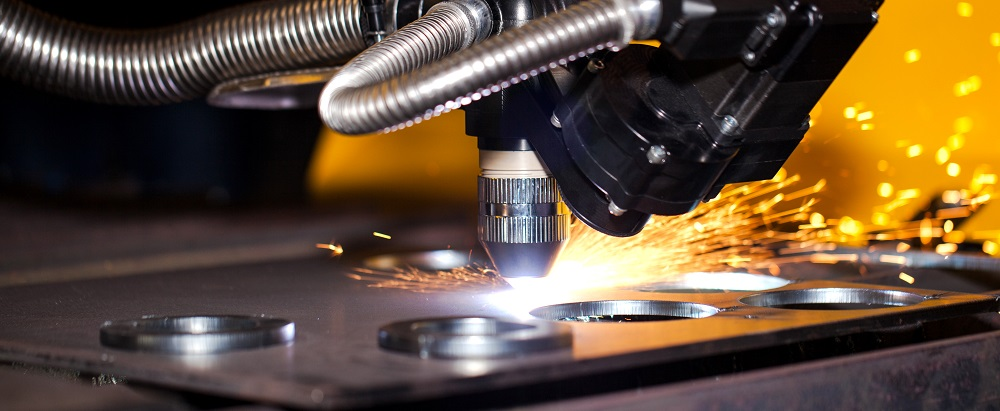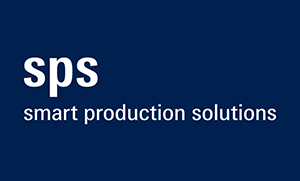There are 2 options to choose from, depending on how frequently your application accelerates or changes direction. In case of a doubt, do not hesitate to contact us.
IF YOUR APPLICATION ACCELERATES LESS THAN 10% OF THE WORKING TIME AND WORKS UNDER THE NOMINAL TORQUE MORE THAN 90% OF TIME
For instance: escalators need a high acceleration torque to reach their nominal speed, then the torque needed to keep moving is constant.
IN SUCH CASE, YOU CAN SAFELY PROCEED TO YOUR PRODUCT SELECTION USING THE "NOMINAL" AND "ACCELERATION" TORQUES INDICATED IN THE PRODUCT-LINES “TECHNICAL DATA” PAGES.
1. Select the appropriate reduction ratio: it should allow both the motor and the gearbox to rotate slower than their nominal speeds.
Note that:
-
Using ratio 10, 9, 8 or 7 or multiples will be quieter than using ratio 3, 4, 5 or 6 (as the fastest-rotating part will be the input pinion in high ratios, and the 3 or 4 satellite gears in lower ratios
-
A reduction ratio will divide motor speed by its exact number.
2. Use the synthetic rated torques table (or the tables displayed at each product line section) and find the right size and product lines that can deliver the requested torque.
Notes that:
-
Oversizing the gearbox will not necessarily prolong your application's lifetime, but it will cost you money, space, efficiency and inertia to rotate a larger gearbox. Just select the right match!
-
Take efficiency into consideration. The motor torque will be multiplied by the reduction ratio and the efficiency. Efficiency is high when the torque is high too, as some internal friction does not depend on torque (lubricant circulation, seal or bearing friction etc.). When measured at nominal torque, average gearing efficiency is 95% to 98% for 1-stage gearboxes (ratios 3 to 10) and 92% to 95% for 2-stages gearboxes (ratios 10 to 100). Note that efficiency depends on ratio, requested torque, speed, temperature etc.
3. Select the right product-line, based on your requirements in terms of radial and axial efforts, acceleration, stiffness etc.
-
You can find explanation on the differences between the product-lines in the tables displayed in the "in-line planetary gearboxes" or "right-angle planetary gearboxes" sections.
-
Satellite gears are similar to all ranges, but bearings, housings and output shafts vary significantly.
4. Always make sure that the gearbox acceleration torque capacity is higher than your motor's maximum torque, to avoid instant breakage!
- IF YOUR APPLICATION ACCELERATES MORE THAN 10% OF TIMEOR WORKS CONTINUOUSLY WITH SIGNIFICANT VARIATIONS OF TORQUE
For instance: punching machines, when the notion of "continuous" torque is not relevant.
IN SUCH CASE, YOU NEED TO USE AN APPLICATION FACTOR
1. Select the appropriate reduction ratio:
Note that:
-
It should allow both your motor and your gearbox to rotate slower than their nominal speed (refer to the products datasheets)
-
Using ratio 10, 9, 8 or 7 will be more silent than using ratio 3, 4, 5 or 6 (as only the input pinion will turn fast in higher ratios)
2. Find your relevant application factor and multiply your average application torque by it to get your rated torque evaluation.
3. Identify what size and product lines can deliver your rated torque.
-
Use the synthetic rated torques table (or the tables at the end of the page of each product line)
Note that:
-
oversizing the gearbox will not necessarily prolong your application's lifetime, but it will cost you money, space, efficiency and inertia to rotate a larger gearbox. Just select the right match.
-
Always take efficiency into consideration. The motor torque will be multiplied by the reduction ratio and efficiency. Efficiency is high when the torque is high too, as some internal friction does not depend on torque (lubricant circulation, seal or bearing friction etc.). When measured at nominal torque, average gearing efficiency is 95% to 98% for 1-stage gearboxes (ratios 3 to 10) and 92% to 95% for 2-stages gearboxes (ratios 10 to 100). Note that efficiency depends on ratio, requested torque, speed, temperature etc.
4. Select the right product-line
-
You will identify the right line based on your requirements in terms of radial and axial efforts, acceleration, stiffness etc.
-
You can find explanation on the differences between the product-lines in the tables displayed in the "in-line planetary gearboxes" or "right-angle planetary gearboxes" sections.
Always make sure that the gearbox acceleration torque capacity exceeds your motor's maximum torque, to avoid instant breakage!





